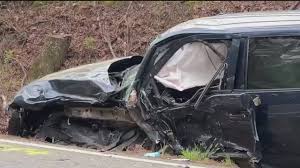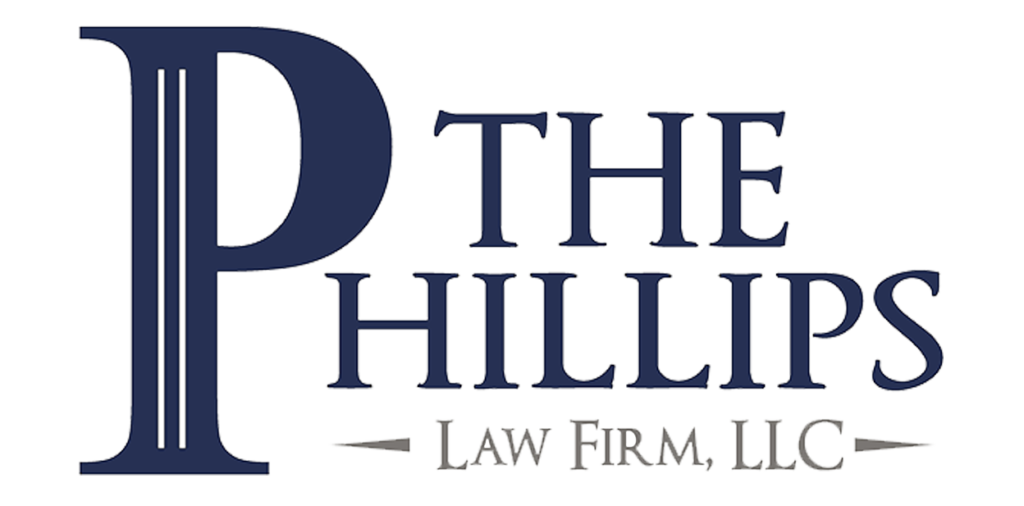Area trauma centers were overwhelmed after a runaway Dodge pickup crossed the center line and caused two collisions that seriously injured eleven people.

Investigators state that a black Dodge Ram, heading north and navigating a curve on Smokey Road, veered off its path. The driver, losing control of the vehicle, crossed into the oncoming lane, colliding head-on with a blue Ford truck traveling south. The Ram then continued northward, striking a silver Ford truck, which was also southbound and towing a trailer.
Eleven people in these three vehicles were transported to area hospitals, where they are expected to survive.
Speed and Vehicle Collisions
Excessive speed almost always causes oversteering and overcorrection wrecks. Fast-moving vehicles are very sensitive to steering changes. A slight twist of the steering wheel radically alters the vehicle’s path. When that happens, many drivers, who are often only half-paying attention to the road anyway, panic and oversteer in the other direction. When that happens, they completely lose control of their vehicles, causing devastating wrecks like the one in the above story.
Speed causes wrecks, but speeding drivers aren’t always legally responsible for the damage these wrecks cause. More on that below.
Excessive velocity multiples the risk of a wreck because speed multiples stopping distance. Motor vehicles don’t stop on a dime, and they don’t stop the moment a driver sees a hazard. Instead, drivers must see the hazard, apply the brakes, and safely stop the vehicle.
In these few moments, at 30mph, most vehicles keep moving forward about six car lengths. At 60mph, stopping distance triples to eighteen car lengths. Vehicle weight, environmental conditions, and certain other factors could multiply stopping distance even more.
Additionally, speed multiples the force in a collision, according to Sir Isaac Newton’s Second Law of Motion. Speed multiplies the external force. Parking lot fender-benders become catastrophic injury or fatal collisions. Speed also multiplies the internal force. Cell phones and other small objects become high-speed missiles which, in many cases, hit victims on the head.
Fault vs. Liability
Police and insurance investigators nearly always say that speeding drivers who cross the center line were at fault for an accident such as the one in the above story. That conclusion might be accurate. But there’s a difference between fault at the scene and liability (legal responsibility) for damages.
The last clear chance doctrine, which often comes up in head-on crash cases, is a good example. A driver could be going the wrong way and not be legally responsible for wrong-way wreck injuries. This doctrine is based on the principle that all drivers have a duty of care at all times, no matter how other drivers behave.
Assume Thelma, who’s driving on an undivided highway, loses control of her car, crosses the center line, and wrecks into Louise. Under these facts, Louise couldn’t have possibly avoided a wreck. Everything happened too fast.
Now assume that same collision takes place on a divided highway. A grassy median separates the two sides. If Louise sees Thelma cross the center line, she might have been able to change lanes or otherwise avoid a wreck. As a result, Louise could be legally responsible for the wreck, even though she didn’t do anything wrong.
The lesson is clear. Regardless of which driver was “at fault,” all car crash victims should see a Marietta personal injury lawyer. Compensation may still be available.
Rural vs. Urban Car Crashes
Legal doctrines such as last clear chance alter liability determinations, and the location of the wreck often affects the amount of medical bills.
Only the bills are different. The injuries themselves are the same. Some common car crash injuries in Georgia include:
- Head Injuries: The motion of a wreck often causes a head injury. Violent motion causes the brain to slam against the skull. This impact kills brain cells, and these brain cells never regenerate. As a result, physical therapists must painstakingly teach uninjured areas of the brain to assume lost functions.
- Broken Bones: Airbags don’t significantly reduce the risk of broken bones. Slamming a chest into an airbag is like slamming into a pillow-covered steel girder at 60mph. Furthermore, airbags and seat belts don’t protect arms and legs at all. These serious broken bones usually require multiple corrective surgical procedures.
- Internal Injuries: The same motion that causes brain injuries and broken bones also causes internal injuries. When internal organs smash against each other, they usually bleed badly, since they don’t have protective skin layers. This internal bleeding is hard to detect and even harder to stop.
When wrecks occur in rural areas, the nearest trauma center isn’t very near. Sometimes, emergency responders order medevac helicopters. A short medevac ride could cost more than $40,000. Regardless of the mode of transportation, when rural accident victims arrive at hospitals, the treatment delay means their injuries are harder, and more expensive, to treat.
Insurance companies usually don’t take the facts into account when they determine the “reasonable” amount of medical bills for certain injuries. A Marietta personal injury lawyer helps ensure that victims receive compensation for their actual medical bills, not the imaginary medical bills insurance companies pay for.
Compensation Available
The financial compensation in a personal injury case helps victims pay all these accident-related expenses. Compensation also holds tortfeasors (negligent actors) responsible for the damages they cause.
These accident-related expenses include not only medical bills, but also property damage, lost wages, and other out-of-pocket losses. Additionally, victims need compensation for probable future economic losses. If the settlement doesn’t account for such expenses, the victim will most likely be financially responsible for them.
To determine a reasonable amount of noneconomic damages, for things like emotional distress, a Marietta personal injury lawyer typically multiplies the economic losses by two, three, or four, depending on the evidence in the case, the applicable legal theories, and a few other factors.
Compensation also forces tortfeasors to accept responsibility for the injuries they cause. That’s especially true if a third party, like a commercial alcohol provider, is legally responsible for damages.
Lawyers obtain maximum compensation, regardless of the facts. For a free consultation with an experienced Marietta personal injury attorney, contact The Phillips Law Firm, LLC. We do not charge upfront legal fees in these matters.

